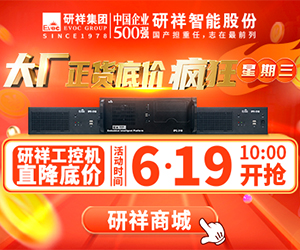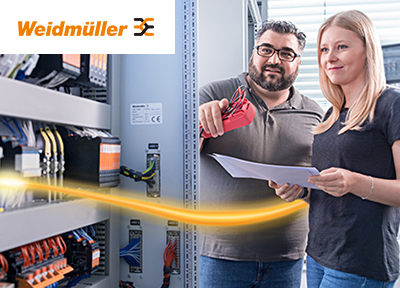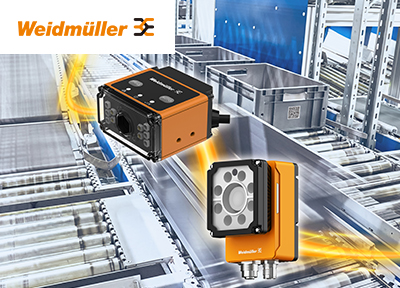Innovations in Sensors such as proximity switches have been impressive. The packages are smaller, yet have longer ranges. Microcontroller-driven “teach-in” processes for precise sensor settings have replaced cumbersome and inaccurate potentiometer synchronization. Diagnostics have expanded to include such things as early warnings against dirt contamination.
Yet, to be able to fully use these new developments in diagnostic and parameter information, they must be made available to the automati
Until nowCONTROL ENGINEERING China版权所有, the only way to communicate with “intelligent” proximity sensors is with a separate PC directly connected to them, because this newfound intelligence stops at the interface. It goes no farther because there is no way for it to go. Modern automation systems do not have the benefit of standardized控制工程网版权所有, bidirectional communication between the sensors and the control level.
As a result控制工程网版权所有, the sensor’s parameters must be configured directly by hand, either before delivery or during the commissioning phase of a new machine when it is installed.
And that’s exactly where the backup of these sensor parameters stays: on the PC that was used to commission them. It is easy to see the problems that will arise from this. If a sensor (or actuator) needs replacing, woe be it to the technician if he can’t find a copy of the parameter file. He’ll have to enter them all over again in the new devices.
What about sensor diagnostics? Few technicians want to leave their laptops connected to the sensors during operationCONTROL ENGINEERING China版权所有, so continuous diagnostics are usually not available. While some sensors do provide a diagnostic output signal控制工程网版权所有, this requires a separate I/O line. Most end users understandably don’t want to double the amount of I/O wiring t


 在线会议
在线会议 论坛
论坛 专题
专题 工控直播
工控直播 新闻中心
新闻中心 子站
子站 技术
技术 社区
社区



 IDEC HR8S系列新一代安全继电器有奖试用活动
IDEC HR8S系列新一代安全继电器有奖试用活动 2025(第二十一届)年度最佳产品奖有奖投票中
2025(第二十一届)年度最佳产品奖有奖投票中 AVEVA剑维软件食品饮料行业白皮书有奖下载
AVEVA剑维软件食品饮料行业白皮书有奖下载 立即有奖下载TE重载连接器选型指南
立即有奖下载TE重载连接器选型指南 2025(第十四届)全球自动化和制造主题峰会
2025(第十四届)全球自动化和制造主题峰会




























